45 analyze food labels for energy content
Food Label Analysis · Kim Fitter - GitHub Pages Introduction. Food labels can be confusing and hard to read, with the small numbers and text in the Nutrition Label Information table. Additionally ingredients lists can be long, and also written in small text. This information can be difficult to process on the go and without a reference point. According to the Heart Foundation NZ, this table ... Welcome to CK-12 Foundation | CK-12 Foundation FlexBook Platform®, FlexBook®, FlexLet® and FlexCard™ are registered trademarks of CK-12 Foundation. +
PDF Food Labeling Guide - Food and Drug Administration Office of Nutrition, Labeling, and Dietary Supplements HFS-800 Center for Food Safety and Applied Nutrition Food and Drug Administration 5100 Paint Branch Parkway College Park, MD 20740 (Tel)...
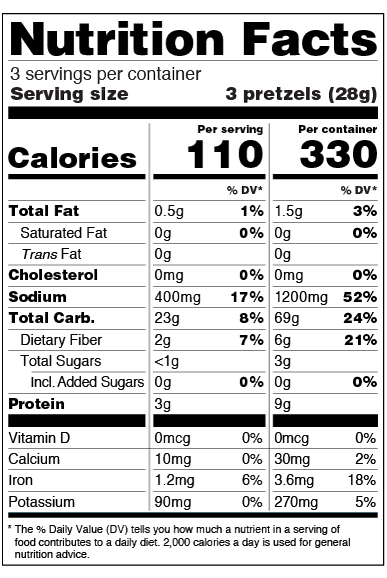
Analyze food labels for energy content
12 Surprising Sources of Caffeine - Health Apr 08, 2015 · Since the U.S. Food and Drug Administration (FDA) doesn't require manufacturers to list caffeine content on nutrition labels, it's often hard to tell whether a product contains the stimulant, and ... How to Calculate Energy From Foods | livestrong Step 1 Multiply grams of carbohydrate in the food by 4 calories per gram. A calorie is a unit of how much energy is in a given amount of food, also called a kcal. Regardless of whether the carbohydrate in food is sugar or starch, all carbohydrates provide the body with 4 calories/gram, explains Dr. Lauralee Sherwood in her book "Human Physiology." SELF Nutrition Data | Food Facts, Information & Calorie Calculator The Caloric Ratio Pyramid™ The Caloric Ratio Pyramid appears in every ND analysis, and also on ND's Total Consumption report. This symbol lets you see at a glance how the Calories in the food are distributed, and can help you determine if the food aligns with common macronutrient-based diet plans, such as low-carb (e.g Atkins™ or South Beach™), low-fat, high-protein, or …
Analyze food labels for energy content. How to Understand and Use the Nutrition Facts Label | FDA - U.S. Food … Feb 25, 2022 · Overview. The information in the main or top section (see #1-4) of the sample nutrition label (below) can vary with each food and beverage product; it contains product-specific information ... Energy Content of Food Lab Report Answers - SchoolWorkHelper Takedown all the readings. Repeat steps 1 to 12 for 3 times for each different type of chip. Find the average initial temperature, final temperature, and mass of the food sample. Use the formula, Energy = Volume of water x (initial-final temperature) x 4.2/ mass of food sample. For each different type of chips READ: Sol-Chip: Never-ending energy - The Jerusalem Post Sep 14, 2022 · A typical retail store might have tens of thousands of electronic shelf labels and replacing batteries for them is a never-ending full-time job. The need for small, efficient energy harvesting ... Analyze_Data_Explore_Per 2.docx - Course Hero The label provides useful information for identifying the energy content of food, the source of that energy, and other nutritional information. The figure shows two sample food labels. Notice that the largest font on the labels is used to show Calories, with a capital C.
Understanding Food Nutrition Labels | American Heart Association 1 - Start with the serving information at the top. This will tell you the size of a single serving and the total number of servings per container (package). 2 - Next, check total calories per serving and container. Pay attention to the calories per serving and how many calories you're really consuming if you eat the whole package. The role of food packaging on children's diet: Insights for the … Jan 01, 2022 · In addition, the inclusion of cartoon characters on food labels has been reported to increase children's attention (Grendstad, 2020, Ogle et al., 2017). This effect has been reported to be particularly relevant for energy dense nutrient-poor foods, such as cookies and confectionary (Kraak and Story, 2015). Summarizing Your Data - Science Buddies So now you have collected your raw data, and you have results from multiple trials of your experiment. How do you go from piles of raw data to summaries that can help you analyze your data and support your conclusions? Fortunately, there are mathematical summaries of your data that can convey a lot of information with just a few numbers. Analyze Food Labels for Energy Content.docx - Analyze Food Labels for ... Show complete setup with units. 1. Convert the food calories into Joules of energy. Show complete setup with units. 2. Find a food label in your house, take a picture and insert the picture in the text box. Crop thetext box to fit properly. Covert the food Calories into Joules of energy. Show complete setupwith units. Food label End of preview.
Home - Recycling Raccoons Behold: The Rules to Recycling Check out the latest rules that will help you become the best of the best at recycling. Glass Rinse and Empty Glass Clear Food Glass Colored Food Glass Lids on Glass Glass Used for Cooking Purposes Lightbulbs Paper Staples, Paper Clips or Plastic Windows Keep Paper Clean Paper Coffee Cups … PDF Energy Content of Foods - UGA The energy content of foods is investigated. The energy released by a number of food samples and absorbed by water is determined using technology. Inferences about the energy content of foods with high fat content and foods with high carbohydrate content are then made. Hypothesis Foods, depending on their carbohydrate/fat composition, have ... PDF Better Nutrition by Analyzing Food Labels - math.dartmouth.edu Lynda R. Wiest College of Education University of Nevada, Reno October 2002 Better Nutrition by Analyzing Food Labels Suggested Grade Levels: 7 and up Possible Subject Area(s): Health; Consumer Education Math Skills: calculating percents; writing formulas; reading, interpreting, and graphing data Overview: Students will learn how to interpret food labels and analyze the nutritional Food Label Analysis Worksheet for 5th - 9th Grade | Lesson Planet Food Label Analysis. Encourage healthy eating and demonstrate how to read a food label with this worksheet. Class members choose a food and respond to fill in the blank questions regarding calories, daily values, and ingredients. Each individual decides, by looking at the information they have recorded, whether their chosen food is healthy or ...
CCL Industries | Global Leader for Innovative Label Solutions CCL Industries is the Global Leader in Conversion of Pressure Sensitive & Extruded Film Materials for Decorative, Functional & Information Labels. CCL Industries Corp., 161 Worcester Road, Suite 403, Framingham, MA 01701 U.S.A.
Labelling-Determination of the energy content of food Currently used polyols include sorbitol and erythritol. Carbohydrates give average gross energy values of 4.2 kcal or 17.6 kJ per gram, fat gives 9.4 kcal, or 39.4 kJ per gram and protein gives 5.65 kcal or 23.7 kJ per gram. The conversion factors for joules and calories are: 1 kJ = 0.239 kcal; and 1 kcal = 4.184 kJ.
How to Understand and Use the Nutrition Facts Label | FDA - U.S. Food ... Dietary fiber, vitamin D, calcium, iron ad potassium are nutrients on the label that Americans generally do not get the recommended amount of. They are identified as nutrients to get more of....
Free Public Data Sets For Analysis | Tableau And visual analytics, in the form of interactive dashboards and visualizations, are essential tools for anyone—from students to CEOs—who needs to analyze data and tell stories with data. Public data sets are ideal resources to tap into to create data visualizations.
Nutrients | Special Issue : Food Labeling: Analysis, Understanding, and ... Food labels are a tool to promote public health by providing information which allows consumers to make informed dietary choices. ... to compare energy, nutrient and salt content per 100 g and serving in fresh and dried pasta; (iii) to compare the nutrition declaration in pairs of products with and without different declarations (i.e., gluten ...
Understanding food labels: portions, energy | Health24 When next you look at a food label that says 'low in energy', first check the label to see how much energy it really contains. That energy bar we were discussing earlier may contain as much as 500kJ per 50g portion (which means it contains 1000kJ per 100g). Therefore, it is anything but 'low in energy'. Energy content of slimming products
Nutri-Score - Wikipedia The Nutri-Score, also known as the 5-Colour Nutrition label or 5-CNL, is a five-colour nutrition label and nutritional rating system, and an attempt to simplify the nutritional rating system demonstrating the overall nutritional value of food products. It assigns products a rating letter from A (best) to E (worst), with associated colors from green to red.
PDF Calorimetry: Measuring the Energy in Foods - Carolina.com 5. Calculate the energy content of the food in kilocalories/gram. 1.65 kcal/1.5 g = 1.1 kcal/g 6. Using information on the nutrition label of the food sample, calculate the food manufacturer's kilocalories/gram. (Divide calories per serving by the number of grams in a serving.) 90 Cal/ 38 g = 2.37 kilocal/gram 7.
Food Testing & Analysis - Energy - Auriga Research The energy of food is measured in the unit kilo Joules (kJ), mega Joules (MJ) or kilo calories (kcal). The average energy released by each type of macronutrient is given below: Carbohydrate: 16 kJ (4 kcal/g) Fat: 37 kJ/g (9 kcal/g) Protein: 17 kJ/g (4 kcal/g) The average daily adult energy requirement in case of a relatively sedentary lifestyle ...
Food Nutrition Facts Label, Food Label Nutritional Analysis According to the New Updated 2016 FDA specifications, Nutrition Facts labels are created using the data derived from the Nutritional Analysis of your recipe. International labels are created according to each country's specifications. Vertical, Tabular and Linear label formats are available in Full, Simplified, Shortened or Dual formats.
SELF Nutrition Data | Food Facts, Information & Calorie Calculator The Caloric Ratio Pyramid™ The Caloric Ratio Pyramid appears in every ND analysis, and also on ND's Total Consumption report. This symbol lets you see at a glance how the Calories in the food are distributed, and can help you determine if the food aligns with common macronutrient-based diet plans, such as low-carb (e.g Atkins™ or South Beach™), low-fat, high-protein, or …
How to Calculate Energy From Foods | livestrong Step 1 Multiply grams of carbohydrate in the food by 4 calories per gram. A calorie is a unit of how much energy is in a given amount of food, also called a kcal. Regardless of whether the carbohydrate in food is sugar or starch, all carbohydrates provide the body with 4 calories/gram, explains Dr. Lauralee Sherwood in her book "Human Physiology."
12 Surprising Sources of Caffeine - Health Apr 08, 2015 · Since the U.S. Food and Drug Administration (FDA) doesn't require manufacturers to list caffeine content on nutrition labels, it's often hard to tell whether a product contains the stimulant, and ...


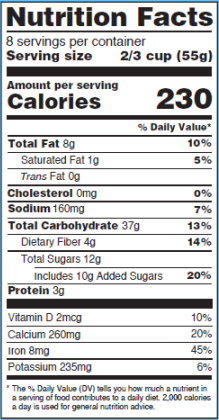



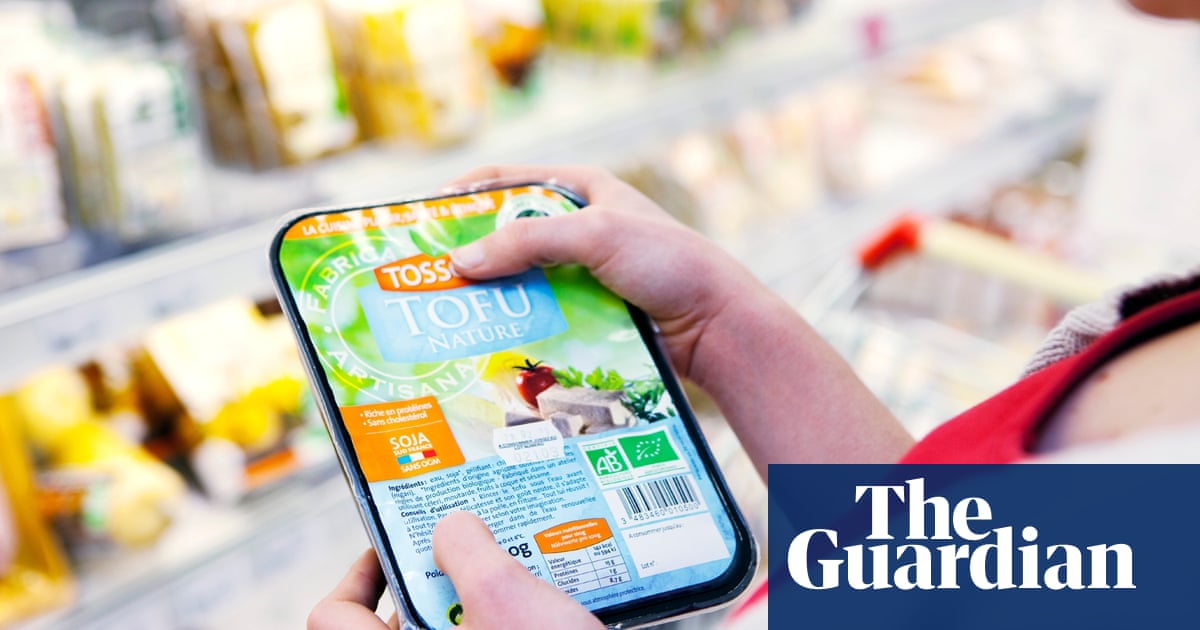


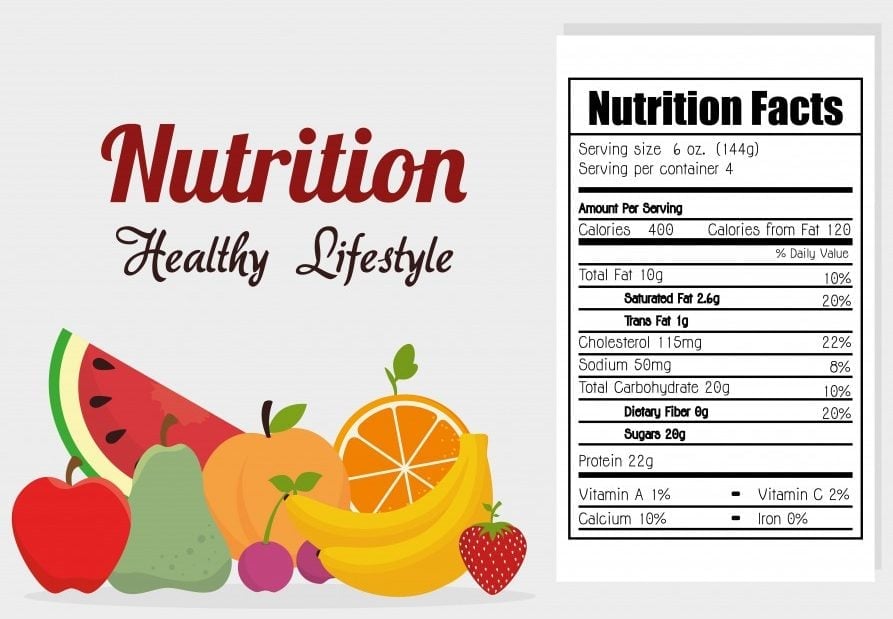

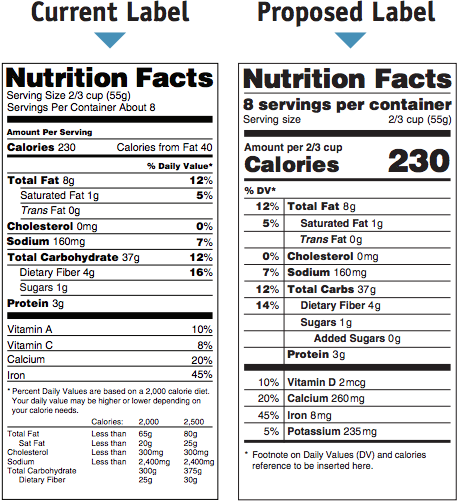
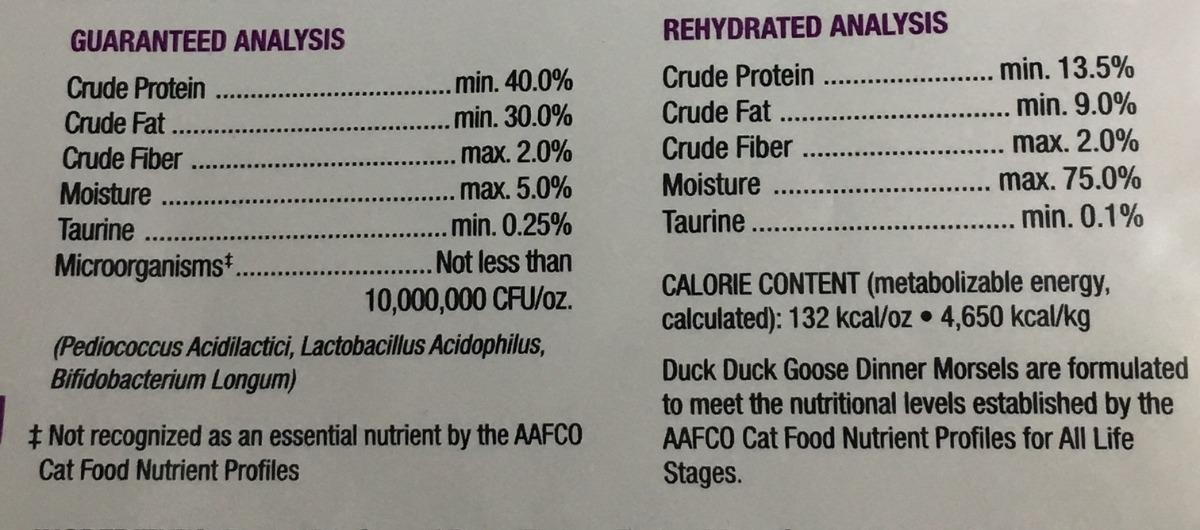

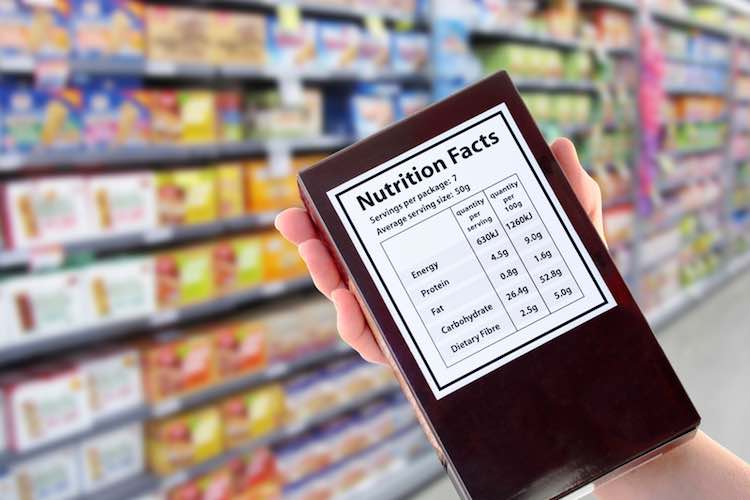



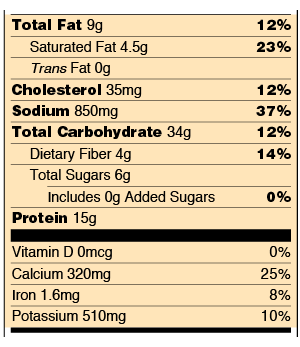

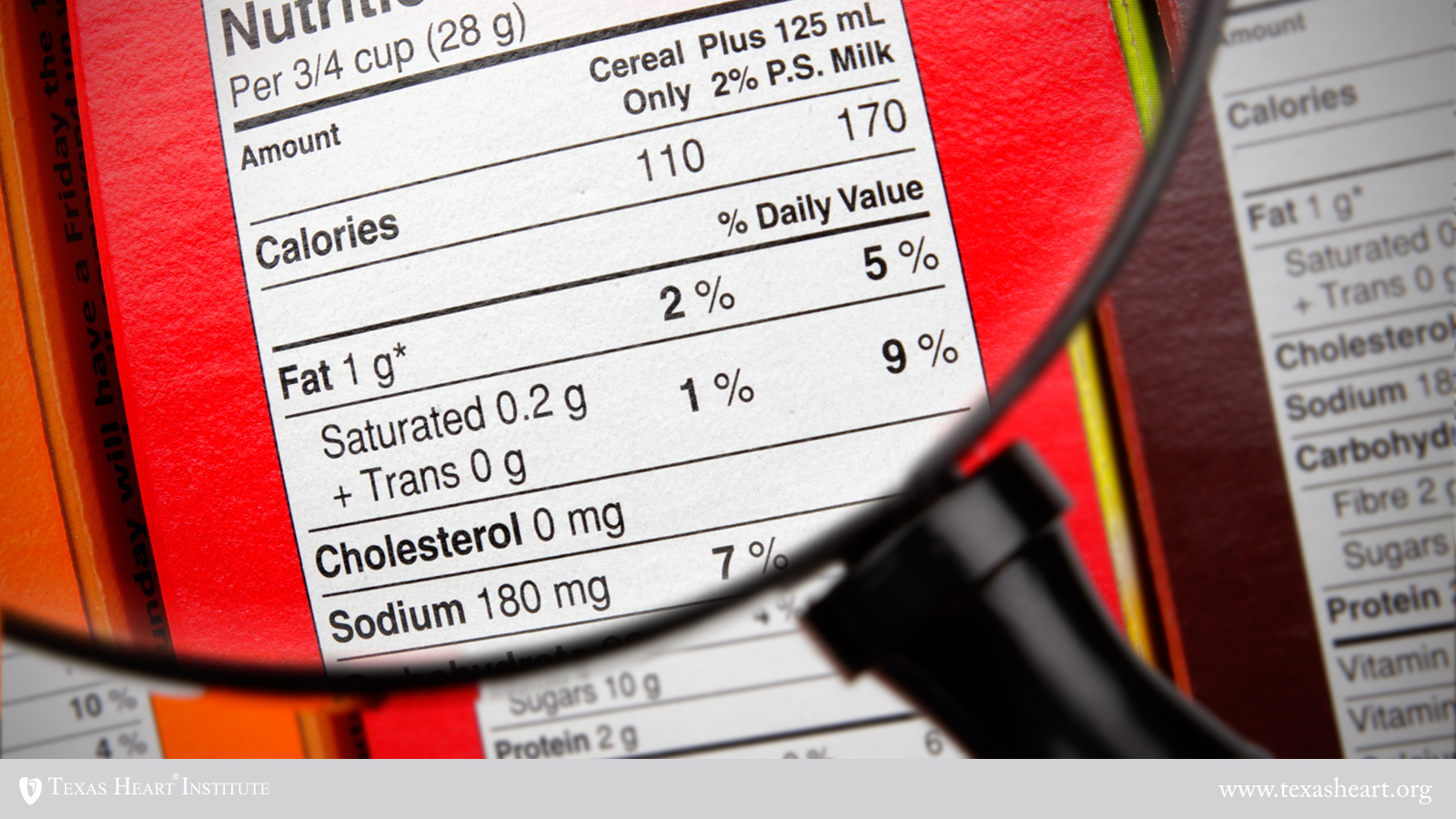
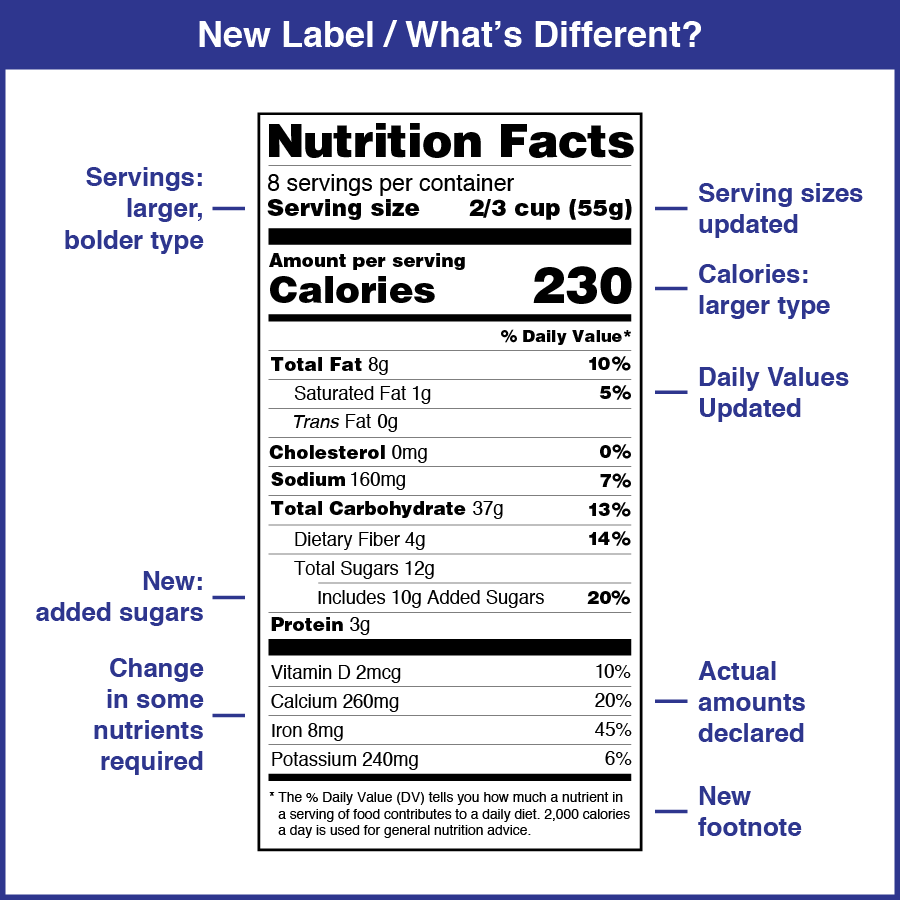







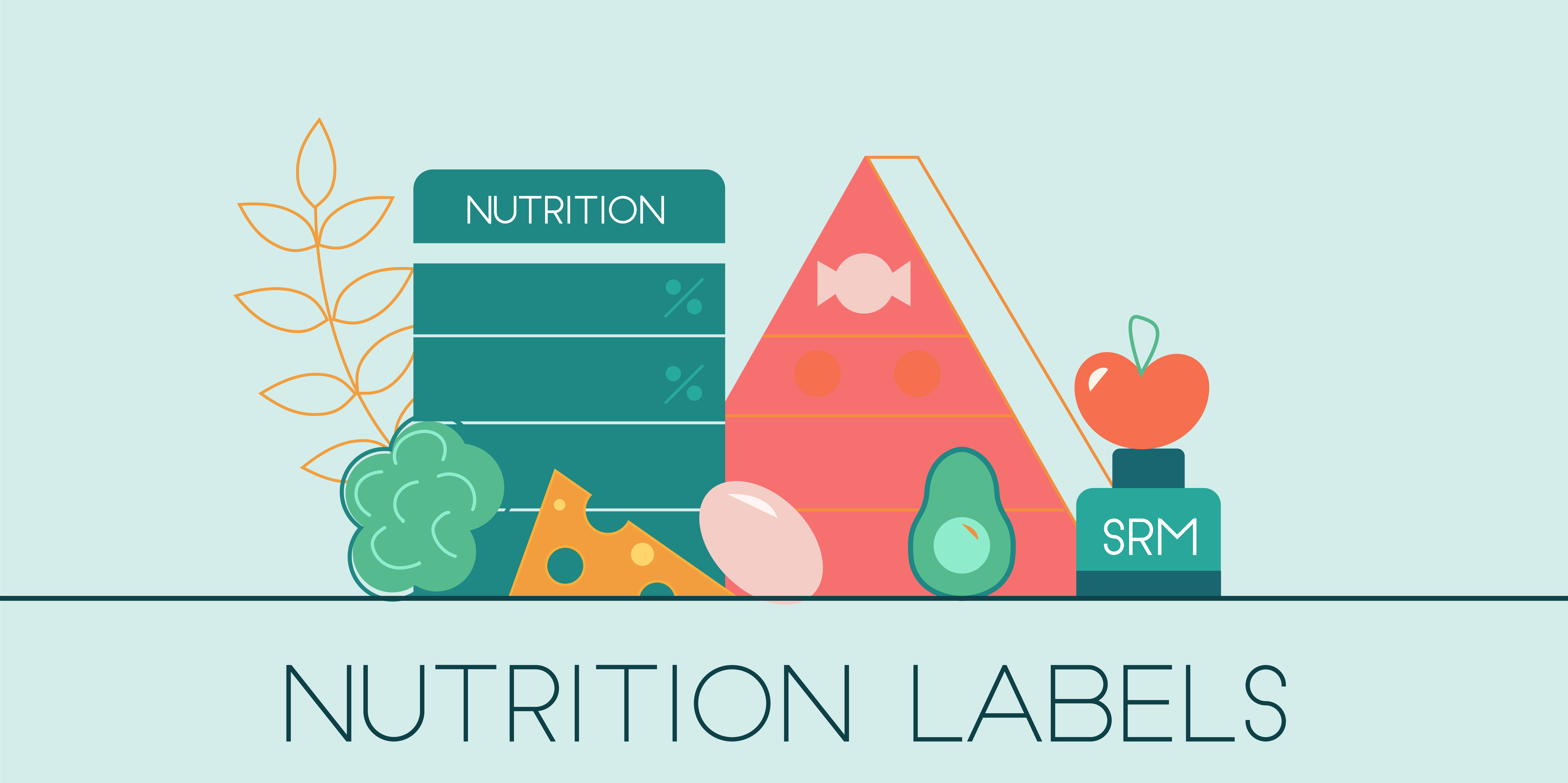


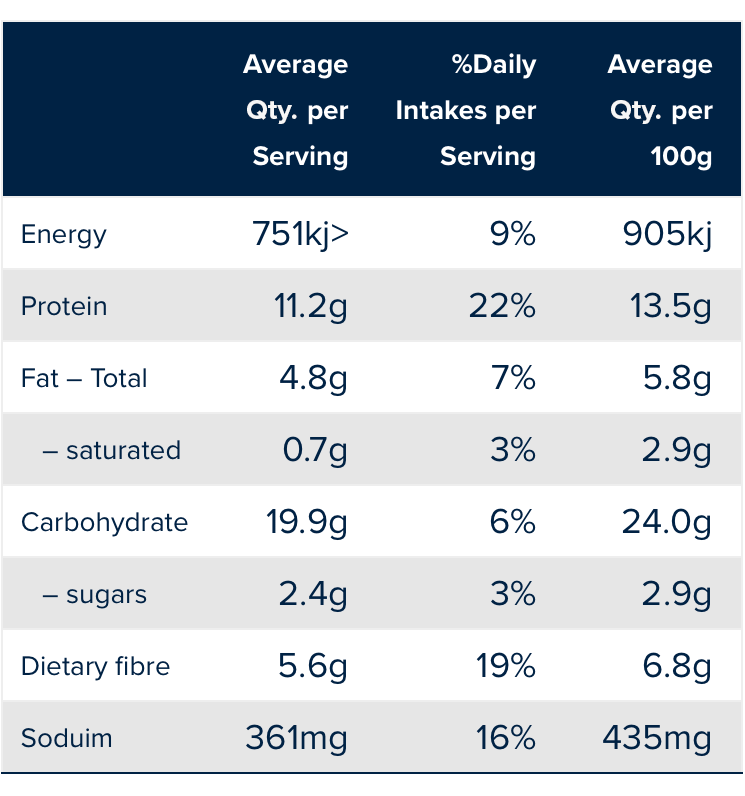


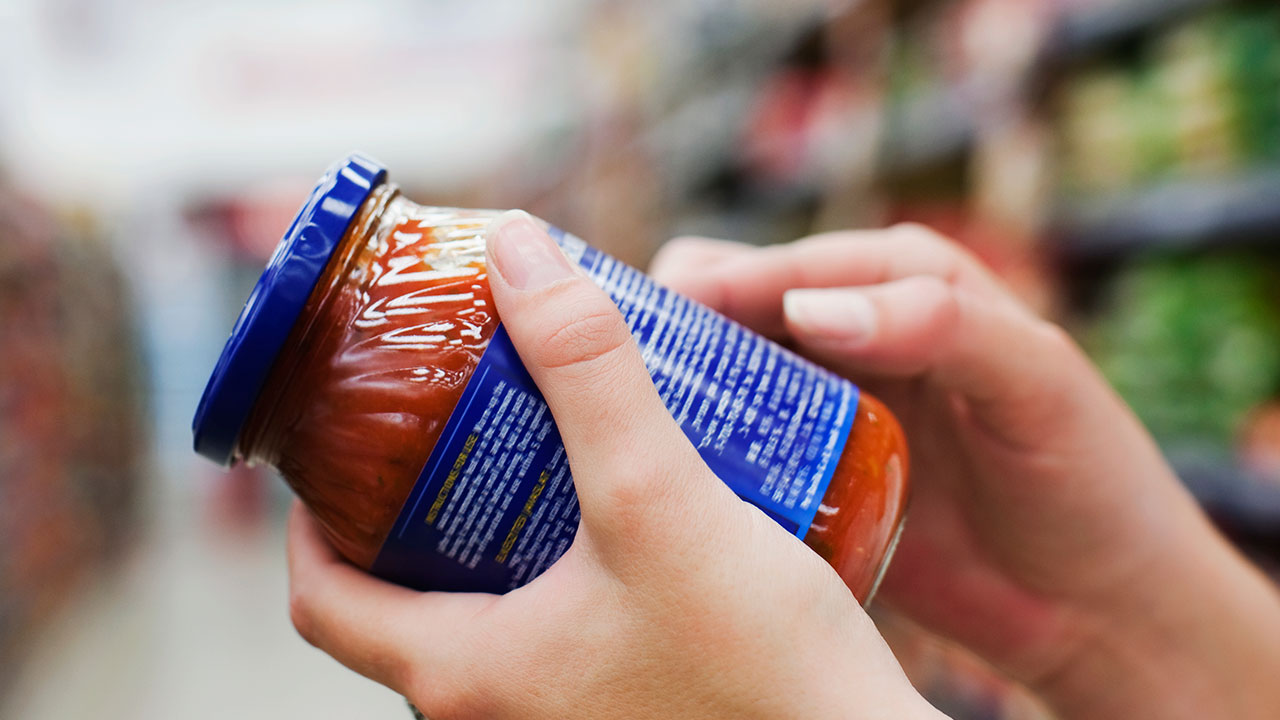

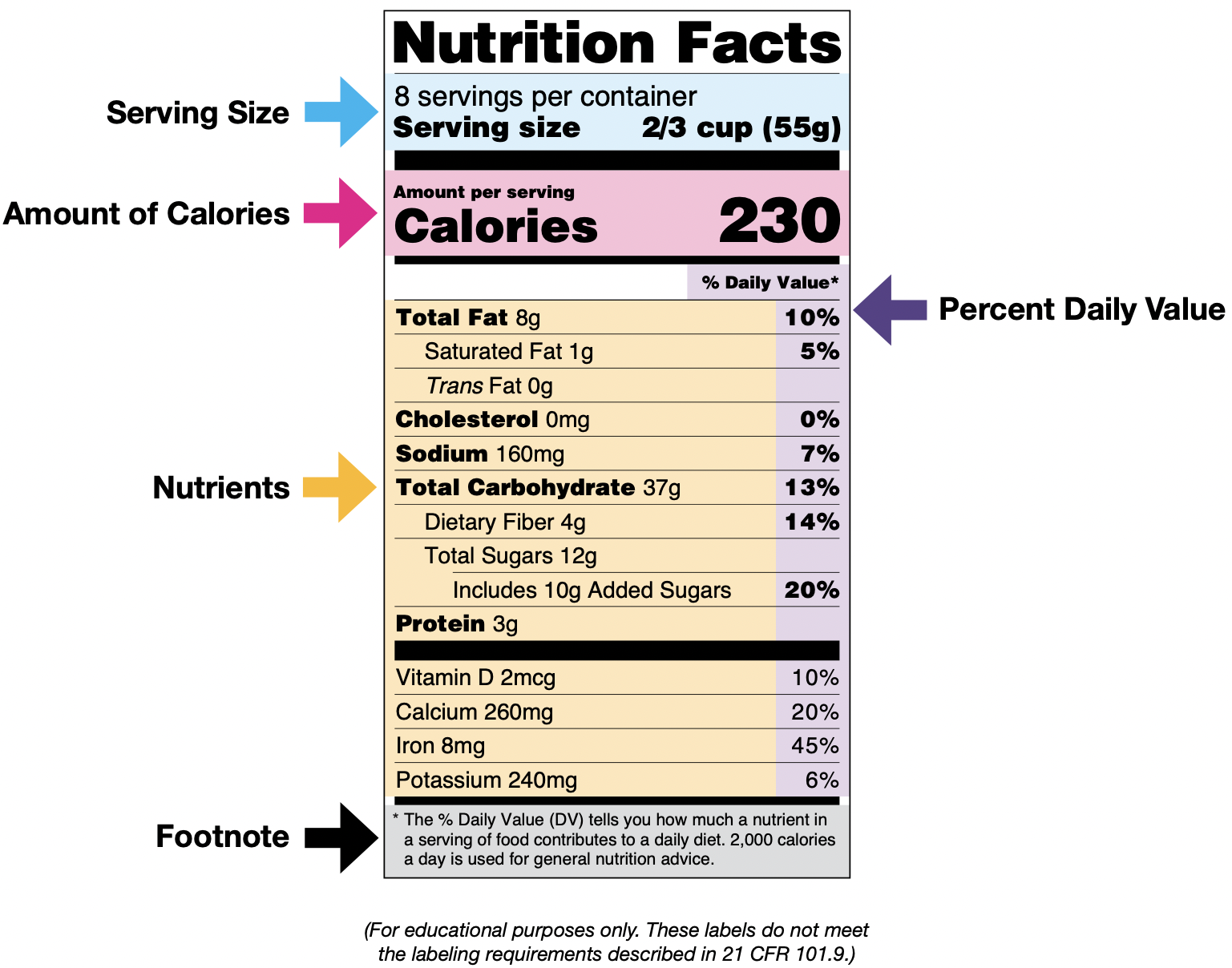





Post a Comment for "45 analyze food labels for energy content"